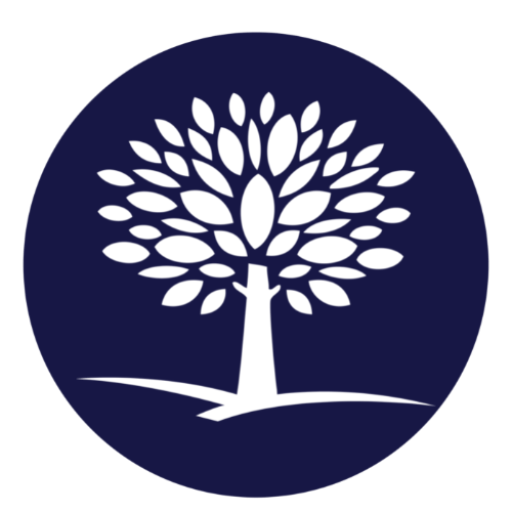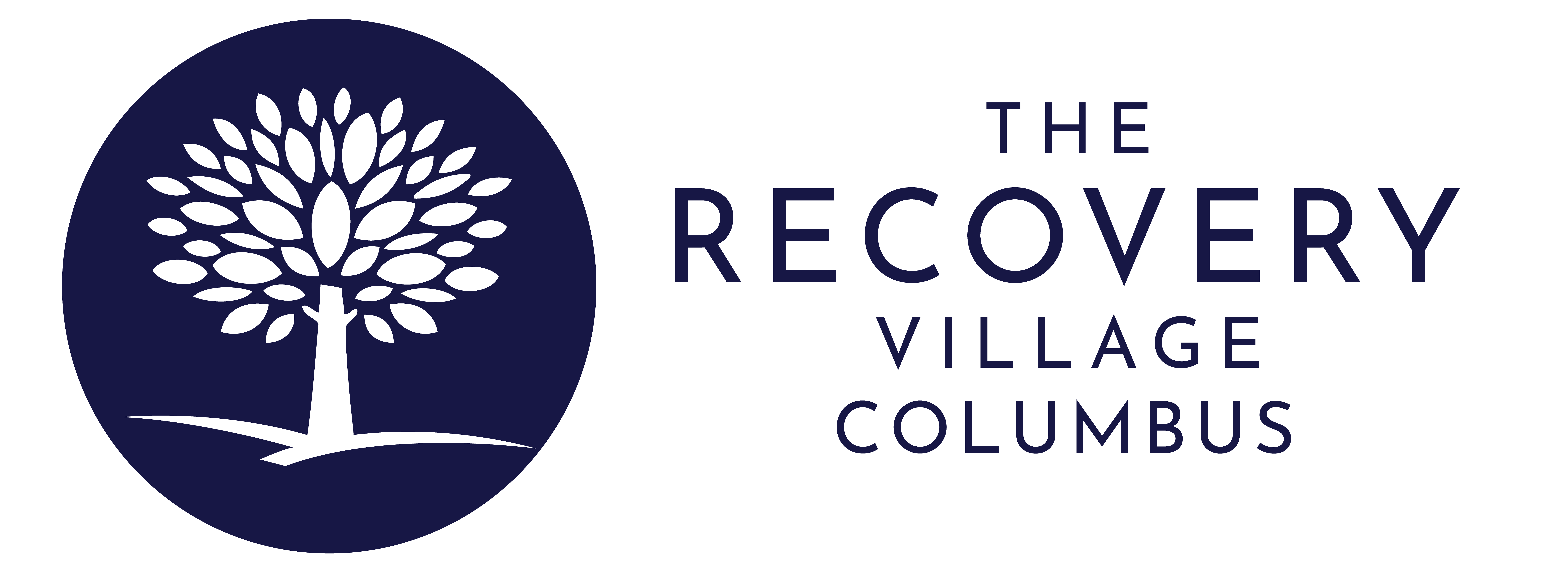Narcan: Compass to Healing or Crutch in Addiction?

By The Recovery Village Columbus
Last Updated: October 26, 2022
Claiming the lives of more than 47,000 Americans each year, fatal drug overdoses have skyrocketed in the past three decades. Opioids like prescription painkillers and heroin are claiming the lion’s share of lives lost, killing more than 28,000 Americans per year — 78 people per day. In Ohio, the opioid epidemic is leaving no lives untouched. Countless families, friends, first responders and bystanders across the Buckeye State have witnessed more than 2,698 opioid overdose deaths in 2015, and that number continues to climb in 2017. Here in Ohio, five people die from opioid use every day, with one person succumbing to death by overdose every five hours. This is a statewide emergency, and police and first responders have their hands full reviving addicts and fighting this tragic epidemic. And for those who overdose and their life-savers, one injectable drug called Narcan is the difference between life and death.
What Is Narcan?
Naloxone, more commonly known by the brand name Narcan, is an opiate antidote that reverses opioid overdoses. It is regularly carried by medical first responders and can be administered by ordinary citizens with little or no formal training. In its nasal spray form, Narcan is available to the public, with or without a prescription. An injectable form of naloxone is used by first responders to revive those who have overdosed on heroin, prescription painkillers like OxyContin and deadly opioids like fentanyl.
When someone overdoses on these drugs, their breathing slows to dangerous levels and they may fall unconscious and come very close to death. Injected or sprayed up the nose, naloxone works rapidly to stop an overdose in its tracks by blocking the effects opioids have on the brain receptors. On a biological level, this life-saving drug counters the life-threatening depression of the central nervous system and respiratory system. Narcan creates a small window of time to get someone to medical care after an overdose, as the effects of naloxone only last 90 minutes at most.
A Vicious Cycle
Unlike its buprenorphine-containing cousin Suboxone (another opioid antagonist), Narcan has no abuse potential and cannot be used to get high. Conversely, receiving a dose of this life-saving drug plunges addicts into immediate, overwhelming withdrawal symptoms. Melissa Tucci, a heroin user who’s been revived by first responders several times explains the loathsome nature of Narcan: “…[You] vomit, you get diarrhea, you sweat profusely, your nose will run, you sneeze and have runny eyes, and you ache so bad you can’t even walk.”
Stronger opioids like fentanyl often require two or more doses of naloxone. As the strength and unknown potency (read: heroin laced with fentanyl) of opioids increases, more naloxone is needed to revive someone who has overdosed. In turn, these higher doses intensify the withdrawal symptoms felt by the person being brought back from the brink of death. This “dope sickness” often lands substance users right back to square one, taking the same drugs they overdosed on just to ease the agony of Narcan-induced withdrawal. This is because naloxone not only reverses overdose, it also rips away the withdrawal relief addicts were seeking in the first place by using opioids. For this reason, naloxone is used by those with substance use disorders only as a last resort.
Narcan Saves Lives…
This heartbreaking, life-and-death-and-back-again cycle is all too familiar for Emergency Medical Service (EMS) providers, first responders and firefighters who carry naloxone. In Ohio alone, a sobering 19,792 naloxone doses were administered in 2016. Some of these doses were given by law enforcement agencies, who have started carrying the drug in greater numbers. Narcan is in high demand all across the Greater Ohio area in response to this public health emergency. And there are laws protecting those seeking help: Senate bill 319 provides civil immunity to first responders, EMS and firefighters to administer naloxone, and Good Samaritan laws provide immunity to people calling 911 to report an overdose. While Ohio is now one of 34 states with a standing order for naloxone, its use is hotly debated.
…But It’s No Cure For the Heroin Epidemic
An increasing number of states like Ohio are advocating that naloxone use is a key component in overdose prevention, but not everyone thinks so. Critics of the drug claim that naloxone actually enables addicts, giving them a safety net to fall back on as they use greater amounts of opioids. In July 2016, Maine governor Paul LePage vetoed legislation allowing increased access to the life-saving drug, claiming naloxone only tides addicts over until their next fix.
“Creating a situation where an addict has a heroin needle in one hand and a shot of naloxone in the other produces a sense of normalcy and security around heroin use that serves only to perpetuate the cycle of addiction.” – Paul Lepage, Maine Governor
However, the scene that Governor Lepage paints is highly unlikely: the people who overuse opioids fear naloxone the most. Aforementioned Melissa Tucci explained to reporters that she overdosed seven times after underestimating how potent her new heroin was — not because she wanted a dose of naloxone to save her. Sadly, Tucci continues to use heroin to avoid the agony of withdrawal.
Proponents for stricter Narcan laws also point to the inherently dangerous situations EMS staff find themselves in when administering the drug. Because Narcan causes acute withdrawal symptoms, a handful of treated patients awake aggressive and violent. Deputy Chief John Everett of Portland, Maine’s Fire Department knows this viciousness first hand:
“They’re usually very angry when we bring them around,” he noted. “One kid yelled at me, ‘You think this will make me stop doing drugs?’ I said, ‘No, the only thing that will make you stop doing drugs is a body bag.’”
FDA studies show that because of this unpredictable, unchecked rage, some first responders feel reluctant to administer repeat or future doses of Narcan. This only fuels the arguments against a drug that saves thousands of lives every year in Ohio and beyond.
Naloxone: The Drug of Second Chances
On the other hand, there are those who fight vehemently for the drug’s continued usage and distribution. In response to the Governor LePage’s sharp remarks, Dr. Alexander Y. Walley of Boston Medical Center says, “…arguing that naloxone encourages riskier drug use is like saying that seatbelts encourage riskier driving.” Dr. Walley exclaimed that Narcan ruins drug highs and leaves people violently ill.
Boston Police Chief John Rosenthal further advocates for the use of naloxone by first responders, saying,
“We cannot save a dead person. Every life saved with Narcan is an opportunity for a person suffering from the disease of addiction to reclaim their life.”
And a second shot at life is exactly what Narcan gives those who want to change their ways. For people like Sarah Connolly and Katrina Henry, repeated overdoses left them strung out in often public settings like a Burger King bathroom and in the middle of the road. Being revived with Narcan was the wake-up call they needed — and their second chance at life. Both women are reaching their full potential after lives of addiction, and it’s all thanks to a drug called naloxone.
How The Recovery Village Can Help
The opioid epidemic continues hand-in-hand with the Narcan debate. Still, hope isn’t lost for Ohio. For those seeking an escape through substance use, the answer to lasting peace isn’t more pills, it’s an honest and diligent pursuit of sobriety.
As with all public health problems, there is no one solution to stop overdose deaths. A solution that includes increased access to evidence-based treatment and destigmatization of addiction is necessary to create lasting change. And that’s exactly the mission of The Recovery Village.

Questions?
Our Recovery Advocates are ready to answer your questions about addiction treatment and help you start your recovery.

